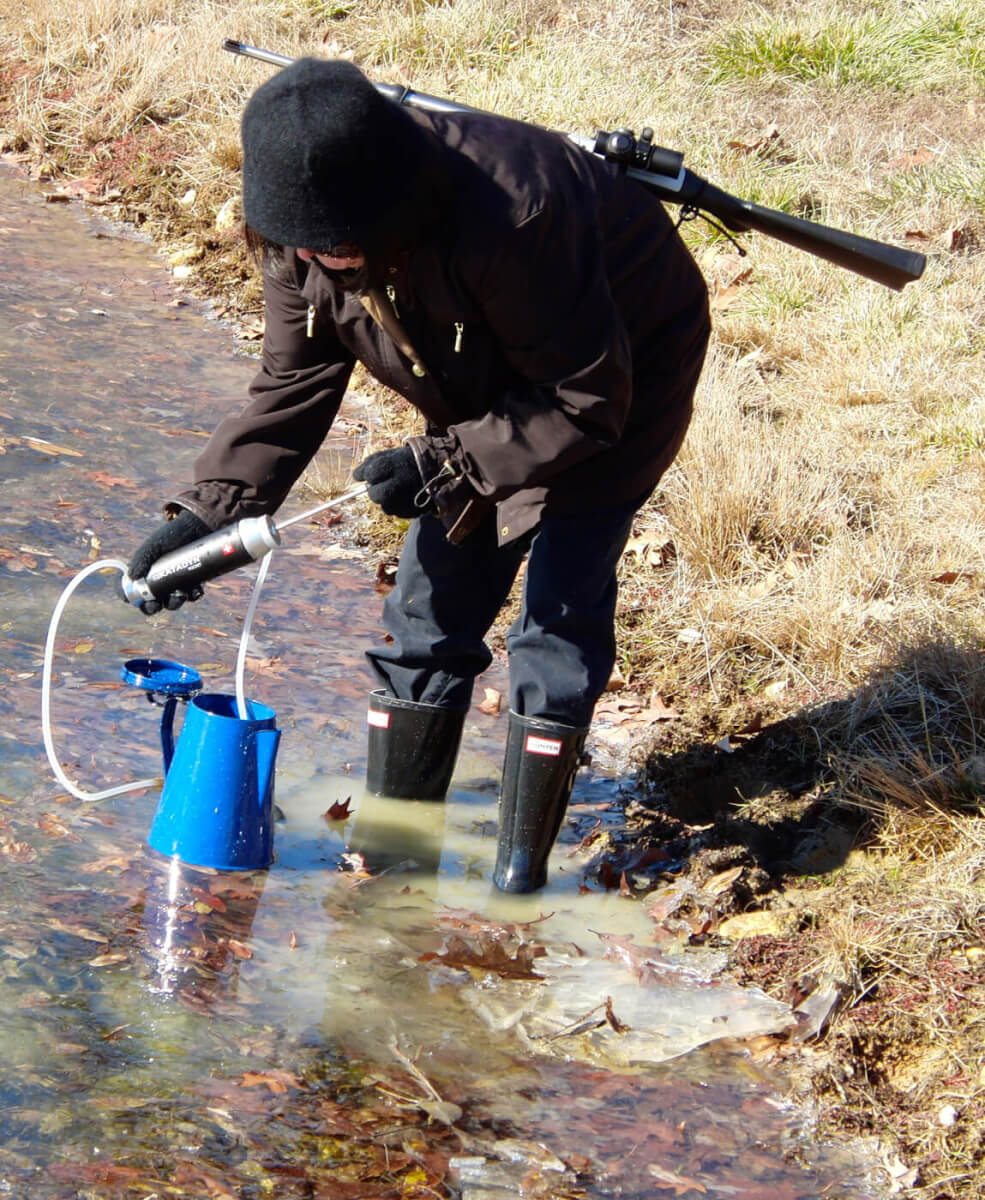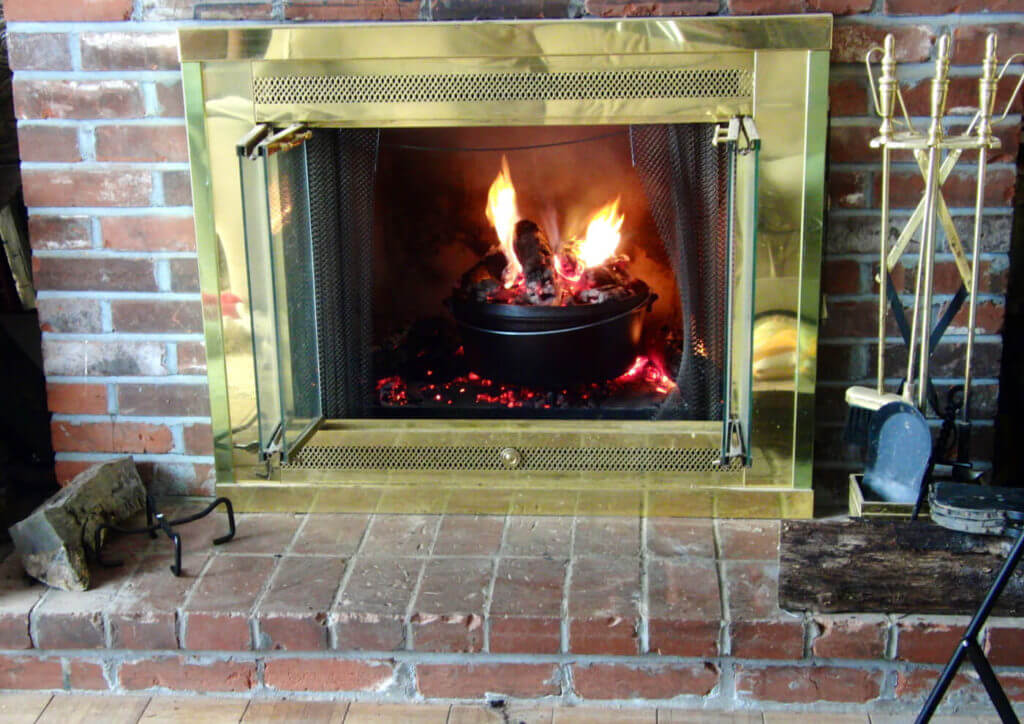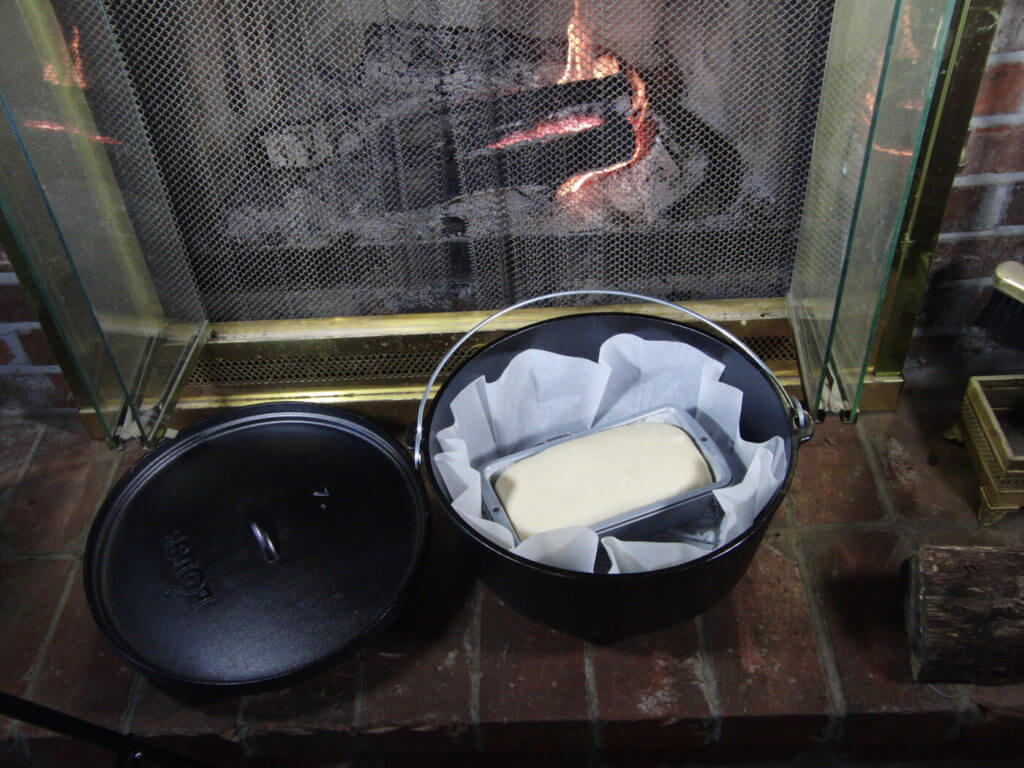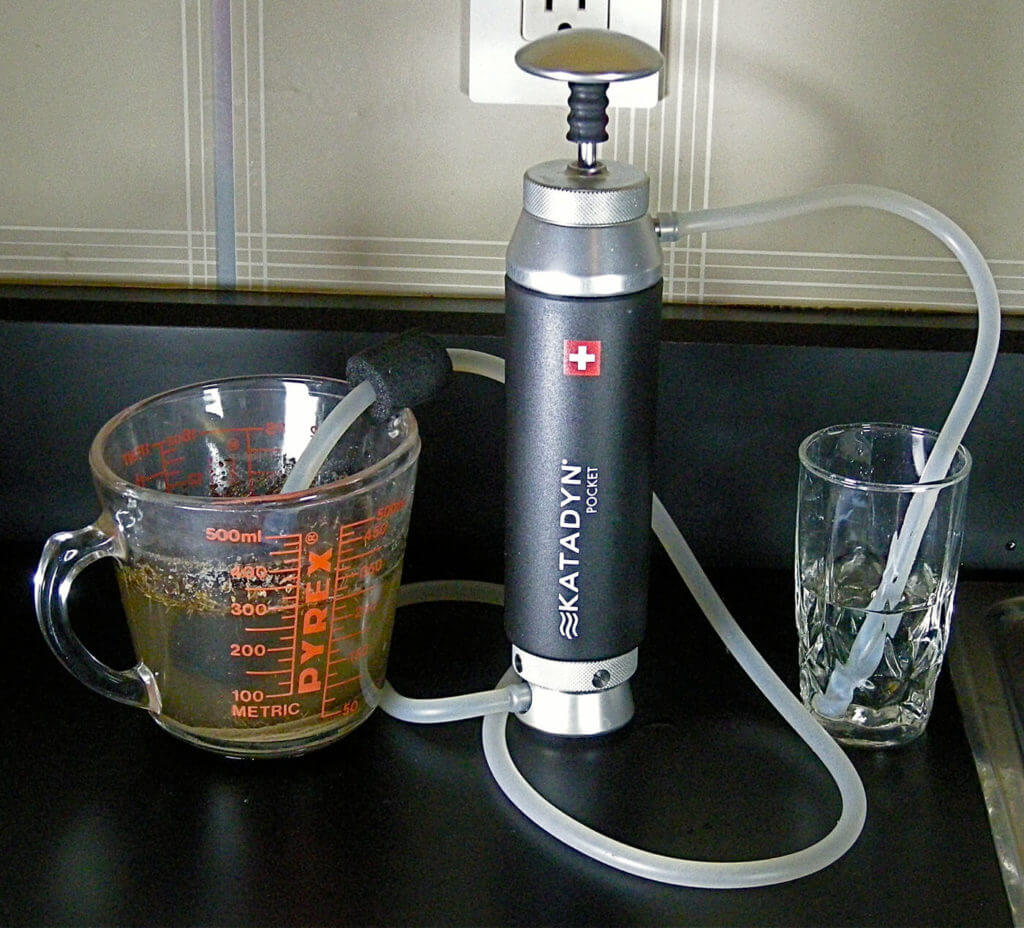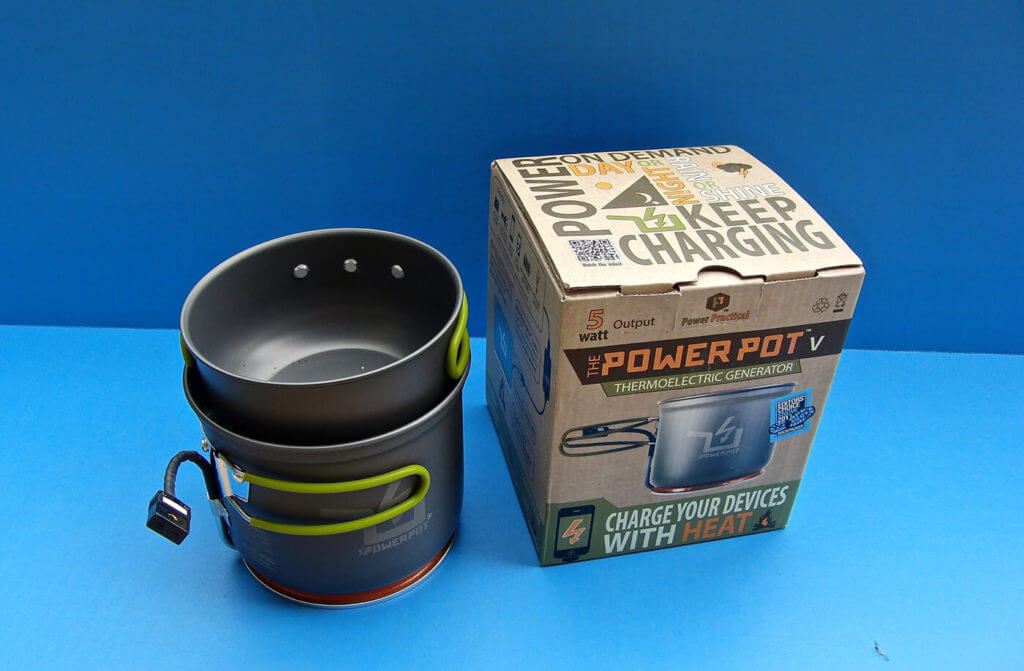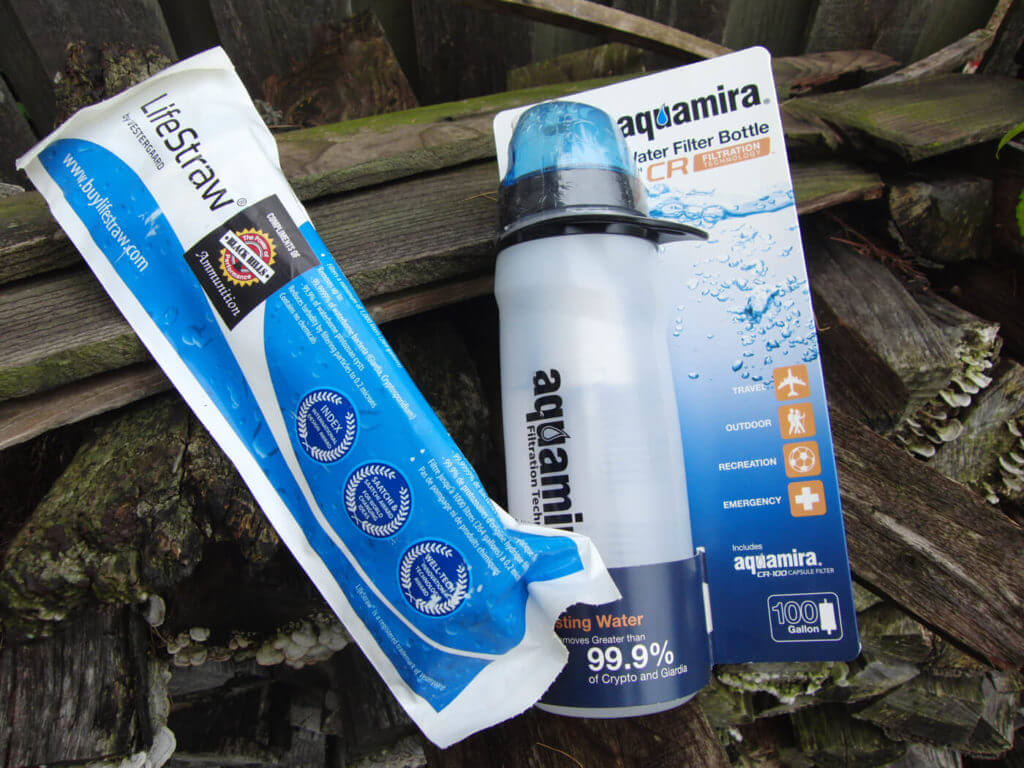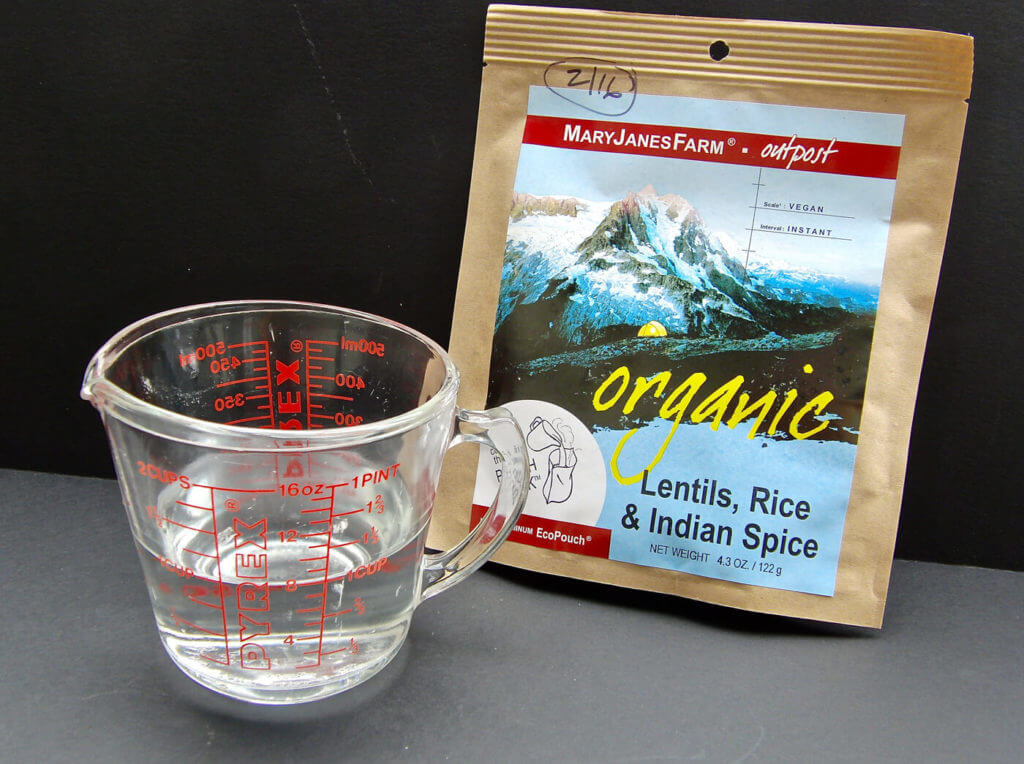You might take it for granted now. But having enough clean water for drinking, cooking and hygiene during a disaster can be a multi-faceted problem.

Water must be found, stored and insured to be potable. The amount of water needed per day can vary by climate and activity. A person performing normal activity in mild weather usually needs to drink at least a half-gallon of water per day. This does not include water needed for cooking or hygiene. In hot weather or when performing strenuous activity, more water will be needed. A general rule is to have at least 1 gallon of water per day for each person in your family or group.
STORAGE CONCERNS
The primary problems with storing water are space, type of container, weight and purity. One gallon of water weighs 8 pounds; hence, storing two weeks’ worth of water for four people will require substantial space. If on the move, that means that 448 pounds will need to be transported—with a vehicle readily doable, but without not so much.
The easiest method of storing water for many people is to purchase commercially bottled water in half-liter bottles, which come in packs of various sizes, but most commonly 24, 32, 36 and 40. One-liter bottles are also available, as are 1-gallon jugs.
That means the lightest of the half-liter packs will weigh 24 pounds. Those will be the easiest for smaller members of the family to lift into or out of storage spaces. My wife, who is small and writes on prepping topics, reminded me that it will take two hands for most to carry the pre-packaged water or the jerry cans discussed below. Given a post-doomsday scenario or just a disaster when the power is likely out, a headlamp is advised for wear when retrieving water from storage. Commercial bottled water will have expiration dates, but these relate to taste, as after a certain amount of time, the water will pick up a little taste from the plastic. The water remains drinkable.
Other choices include food grade plastic jerry cans, the most convenient of which hold 3 gallons. It is recommended to change out the water in jerry cans every six months unless the water is being treated with bleach or another purification product.
Larger water storage tanks may be purchased and kept in the basement, garage, etc. You may also re-use containers such as plastic 2-liter soft drink bottles, but not cardboard or plastic juice or milk containers because of the danger of bacterial growth. FEMA gives detailed instructions for filling water containers properly for storage.

SHADES OF GRAY
In considering emergency water use, it is necessary also to understand three terms related to water: potable, gray and contaminated (sometimes designated “black.”)
Potable water is drinkable. Gray water is household wastewater, not suitable for drinking but usable for flushing a toilet or watering a garden. As an important note here: swimming pool water is gray water. Though a full swimming pool may seem to be a wonderful resource, its use is limited. Contaminated water is generally not usable.
Water may also be obtained from other sources. Within the home, the water heater offers a resource for potable water. In many disasters, the danger of polluted water arises. Where I live in St. Louis, which is surrounded by rivers, flooding can cause boil orders for water. As a result, it might be necessary to shut off the water coming into the house to preserve the drinkability of water in the water heater.
If water is shut off, it will also be necessary to shut off the gas or other power to the water heater while it is being drained. Other water in the house, such as that from toilet flush tanks or bowls, cannot be used for drinking or cooking.
If there is warning of a disaster, water may be accumulated in sinks, bathtubs, etc. A very useful item is the waterBOB, a bladder designed to hold 100 gallons of water. It may be placed in the bathtub and filled from the faucet. It also has a pump to easily dispense drinking water.
Those who have been through survival training will know how to build a solar still, which is an option in the desert or other dry sunny areas, but the water production is not great. Likewise, in winter, snow may be melted for water, but the large volume of snow melted for the small amount of water produced will be surprising to anyone who hasn’t done it. It is normally a good idea to use water purification with melted snow just to be safe.
TREATING WATER
Especially if on the move, water from ponds or rivers may be used as well as that from natural springs. Rainwater may also be used. Normally, these types of water must be treated.
Boiling water is a reliable method for making it drinkable. It needs to reach a rolling boil for at least one minute. With one device, boiling water serves a dual purpose. The Power Pot Portable Electric Generator actually charges USB devices as it boils water. As a result, cell phones, headlamps, radios and other devices may be kept charged in the field, while water may be made potable.
To improve the taste of boiled water or stored water, pouring it back and forth between two clean containers will put oxygen back into the water. Household bleach that is not past its expiration date may be used to chlorinate water using 1/8 teaspoon per gallon. It should be stirred in and left to stand for 30 minutes. Iodine or water purification tabs may also be used.
Water filters are quite useful. I highly recommend those from Katadyn. The Kayadyn Compact Microfilter allows you to filter direct from a stream or other source at the rate of a quart a minute. Only 2 inches by 10 inches and 23 ounces, the Katadyn may be easily carried in a pack.
An even more portable filter is the LifeStraw, which weighs only 2 ounces but may be used to filter 264 gallons while removing 99.9999 percent of waterborne bacteria.
For longer-term usage, DIY filtration systems may be built for use with available water. Although much advice on the Internet must be checked, some sources for building filtration systems are quite useful, especially if combined with water collection systems such as cisterns, rain barrels or diverters from the gutter system.
WATER IN FOOD
There are other considerations about the amount of water that will be needed. For example, canned vegetables generally contain water and canned fruits generally contain juice. The water or juice may be used to constitute part of the fluid intake each day.
Another consideration about how much water will be needed relates to the type of food you have stored. Many dried foods will require water to be re-constituted and this will be in addition to your daily water requirements.
PLAN AHEAD
This has just been a quick overview of the considerations involved in attaining enough water. Anyone contemplating being ready for a disaster in which utilities and other services will be out for more than a few days must do a lot of thinking about the water supply—not just thinking, but planning and acting.
As do many of you, I have some distrust of FEMA based on their performance during Hurricane Katrina. But their advice on water and food during an emergency is very sound. I would recommend that you download FEMA’s guide, “Food and Water in an Emergency”.
Editor’s note: A version of this article first appeared in the Doomsday 2016 issue of American Survival Guide.


